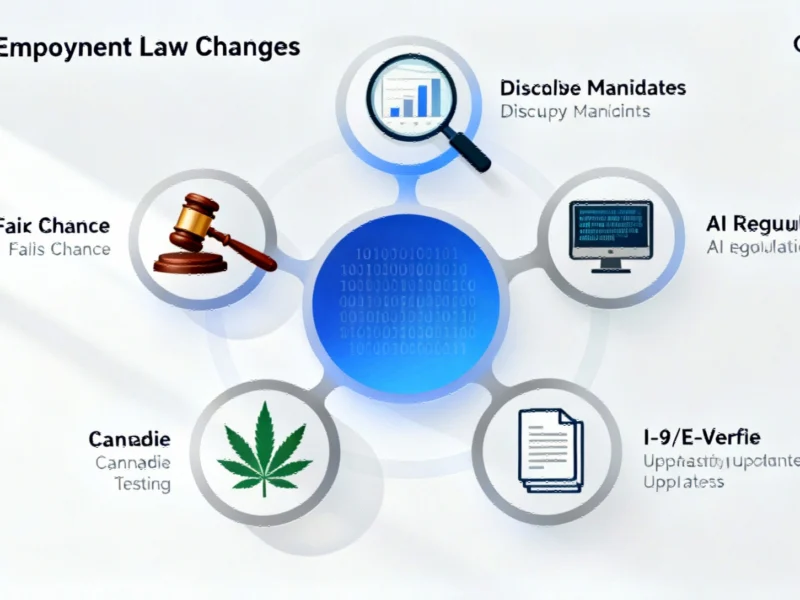Market Tremors Hit Brazil’s Corporate Bond Landscape
Brazil’s corporate bond market is experiencing significant turbulence as credit concerns surrounding major companies send shockwaves through Latin America’s largest economy. The dramatic price collapses in bonds issued by Ambipar, Braskem, and Raízen have exposed underlying vulnerabilities in emerging market corporate debt, drawing uncomfortable parallels with recent credit stresses in developed markets.
Table of Contents
Triple Threat: Understanding the Contagion Effect
The simultaneous deterioration of three prominent Brazilian corporate borrowers highlights how company-specific issues can rapidly evolve into broader market concerns. Ambipar’s 2031 bonds have collapsed to approximately 13 cents on the dollar as the waste management company seeks creditor protection ahead of an expected bankruptcy filing. This distress has contagiously spread to Braskem’s 2041 bonds, which have fallen below 40 cents, while Raízen’s 2035 debt dropped to 75 cents last week.
According to Jeff Grills, head of US cross markets and emerging markets debt at Aegon Asset Management, “These are still idiosyncratic situations, Ambipar being the worst… I don’t believe that there is a systemic problem in the Brazilian corporate market, unless there is a growth slowdown.” However, he acknowledged that recent US credit market incidents have reminded investors that “accidents can happen anywhere in credit markets.”
Brazil’s Credit Spread Divergence Tells a Troubling Story
While emerging market corporate dollar debt generally enjoys favorable conditions, with JPMorgan’s index showing yields at approximately 6% (the lowest premium since 2007), Brazil’s portion of the index has widened dramatically. The spread has blown out to 3.4 percentage points from 2.8 points just a month ago, signaling growing investor apprehension about Brazilian corporate credit specifically.
Eric Fine, emerging market debt portfolio manager at VanEck, cautions that “a generic credit spread should be something you are careful about” and emphasizes that broad market indicators cannot substitute for thorough analysis of individual company risks. He notes the particular challenge in Brazilian markets: “Because there was less liquidity in Brazilian markets, making bonds harder to trade than in the US, people shoot first and ask questions later.”
Anatomy of Three Corporate Crises
Ambipar’s Spectacular Fall: The waste management company’s decline has been particularly dramatic for a firm that achieved a US listing in 2023 and enjoyed a significant share rally last year. From peak valuation of $7.4 billion with shares at R$26.85, Ambipar’s Brazilian shares now trade below R$0.60 each. Marilia Fontes, co-founder of Nord Investimentos, described the company’s capital structure as “delicate,” noting that last year’s share surge was “almost unjustifiable, given their valuation and their peers.”
Braskem’s Structural Challenges: Latin America’s largest petrochemical producer faces multiple headwinds, including global market oversupply and unresolved environmental liabilities from underground salt mining operations. The company’s $6.8 billion net debt burden appears increasingly problematic without resolution of its ownership situation, as Novonor’s years-long process to sell its controlling stake continues to create uncertainty.
Raízen’s Expansion Hangover: The Shell-Cosan joint venture has encountered financial strain following ambitious expansion efforts, forcing asset sales to reduce leverage. While the company has reassured markets that it doesn’t intend to restructure its debt, investors remain cautious about its financial trajectory.
Systemic Implications and Investor Psychology
The coordinated sell-off reveals deeper concerns about the Brazilian business environment. Vladimir Timerman, CEO of São Paulo-based Esh Capital, suggests these events reflect investor anxiety about legal uncertainty in the country. “Ambipar’s precautionary measure for protection against creditors should give chills to any creditor in Brazil,” he warned, questioning why regulatory bodies didn’t act sooner to prevent the current crisis.
One investor captured the shifting sentiment: “People tend to be less forgiving in Latin America. The bar to trust is higher and, because it’s Brazil, people tend to run faster.” This psychology explains the rapid repricing occurring across Brazilian corporate debt, as global investors reassess risk in emerging markets where liquidity constraints amplify market movements.
Broader Market Context and Future Outlook
The Brazilian corporate debt crisis emerges against a backdrop of generally favorable conditions for emerging market assets, making the specific distress in Brazilian credits particularly noteworthy. The situation demonstrates how quickly sentiment can shift in emerging markets and how company-specific issues can rapidly affect broader market access and borrowing costs for all corporate borrowers in a country.
As Grills observed regarding Braskem’s bond performance, concerns about potential “haircuts, restructuring, and equitization” have driven prices into the 30-cent range after previously trading in the 90-cent range. This dramatic repricing serves as a stark reminder that emerging market corporate debt, while offering attractive yields, carries complex risks that require sophisticated analysis and constant monitoring., as additional insights
The coming months will be critical for determining whether these credit events remain contained as idiosyncratic situations or evolve into a broader reassessment of Brazilian corporate credit risk that could affect the country’s ability to attract foreign investment in corporate debt markets.
Related Articles You May Find Interesting
- Beyond Software: How AI’s Next Frontier in Biology and Healthcare Is Creating Un
- Google’s Privacy Sandbox Shutdown Leaves 3 Billion Chrome Users in Tracking Limb
- Chinese Firms Expand Global Reach as Domestic Economy Slows, Goldman Sachs Analy
- Everyone thinks AI will transform their business – but only 13% are making it ha
- Silicon Valley’s AI Blind Spot Creates Opening for Biology-Focused Investors, Ho
This article aggregates information from publicly available sources. All trademarks and copyrights belong to their respective owners.
Note: Featured image is for illustrative purposes only and does not represent any specific product, service, or entity mentioned in this article.



